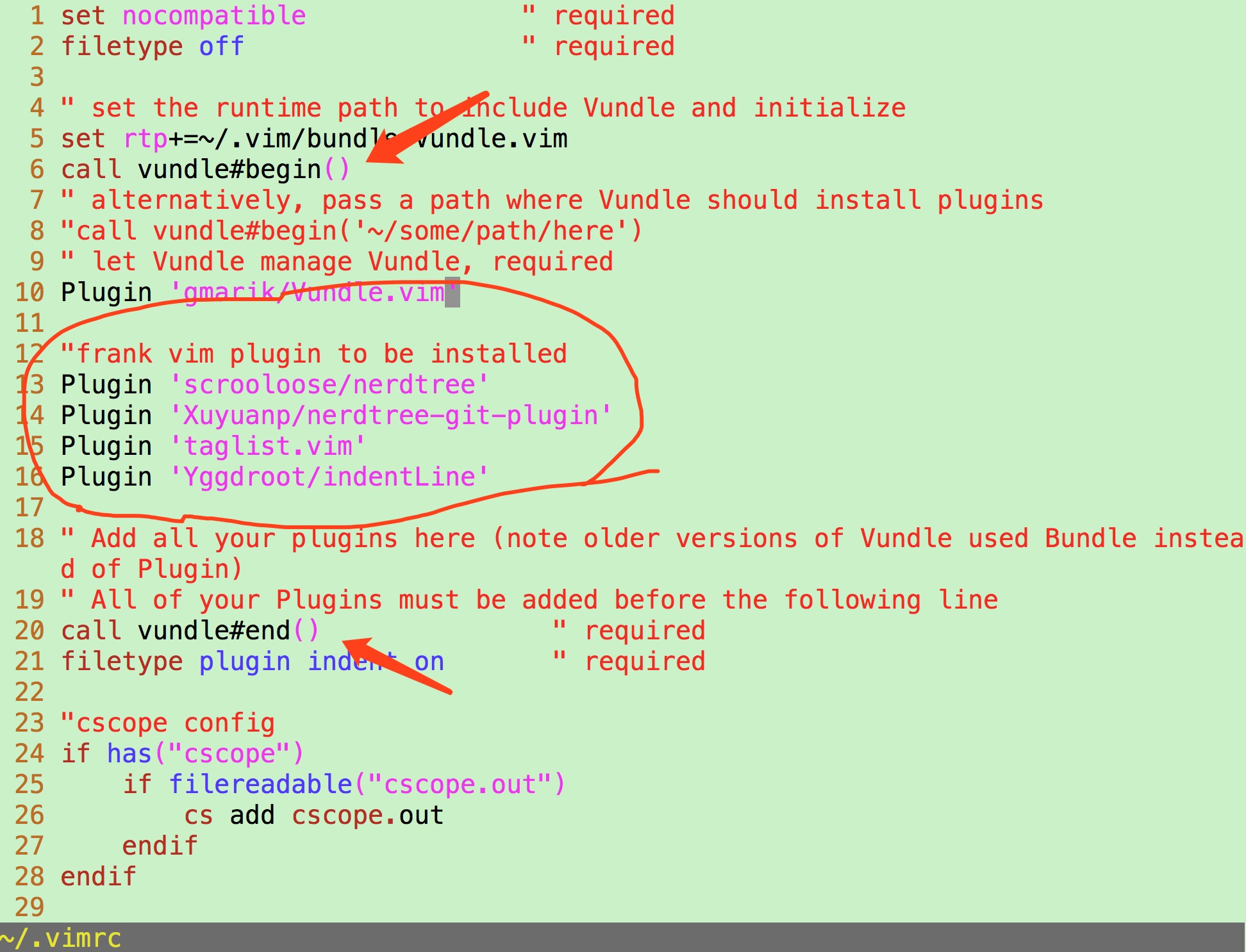All configuration options for vim are stored in the user’s home directory in a file named .vimrc
Brew install vim Check the messages it produced for any manual actions you might be required to perform, although with Vim formula there should be no issues. One more thing you should do is to check your environment variables for those that might contain a full path to the system vi / vim, like EDITOR and update them to use the /usr/local/bin/vim. Install mac vim / gvim. GitHub Gist: instantly share code, notes, and snippets.
The script code is below but there are somethings you’ll want to do before setting it up.
You’ll need to create directories for the following: backups, colors, swaps and undo.
Execute this command to set up the directories in the terminal ( The ~ character will set the path to your home directory. ex: /Users/username/ ):
See full list on vim.org. Install in one command The following will install this config if you have an existing config it will move it to /.config/nvim.old This script only supports Mac, Ubuntu and Arch bash. Installing YouCompleteMe plugin for vim on Mac OSX Yosemite - youcompleteme.md.
$ cd ~/.vim ; mkdir backups ; mkdir colors ; mkdir swaps; mkdir undo;
This will keep all your backups, swaps and undos in your .vim user directory. Also the colors directory is for installing themes.
Visit vimninjas.com if you would like to download a color scheme. Once you find a color scheme you like, just download it and copy and paste the code into the relevant scheme file and place the file in ~/.vim/colors/
For example if you download the Candy theme, you would name the file candy.vim and place it in the relevant directory described above. Then in your .vimrc config file you would set the theme like so:
I've created a github repo with the .vimrc configuration. Please take a look at the repo and download from here.
Checkout or download the git zip and setup the .vimrc file by using the cp command.
$ cd ~/Downloads/MacOSVimConfig-master
$ cp vimrc-example ~/.vimrc
Otherwise you can create your .vimrc file by copying the Raw text from github and pasting the text below. NOTE: While in vim before you paste try doing this command.
:set paste
This should paste the text with the best result. Once the .vimrc file is configured open a new terminal windows and open a file to test out the setup.
$ vim ~/.vimrc
------------ .vimrc example configuration ------------------
Then paste in these configuration options:
Setting up your computer for Vim and Tmux often comes with a few issues. Here's how to manage plugins for Vim and use Tmux to boost your productivity, as well as settle a few common issues.
We'll install:
- Vundle - Plugin management for Vim
- Solarized color scheme
- Tmux - Terminal multiplexer
We'll also figure out some issues Mac and Tmux have with showing 256 color themes. Sims 4 serial killer mod 2019.
Install Vundle
You can install Vundle by cloning it:
Configure Vundle
Once installed, you can configure it.


And follow the installation directions by editing your ~/.vimrc file:
Free download izotope nectar 2 full crack. Once this is setup, you can open a new instance of vim and run :BundleInstall:
You'll get a confirmation 'Done' message on the bottom of your screen if all goes well.
Add Solarized Color Theme
Next, we'll add the Solarized color theme. Vundle makes this really easy. Simply add the Github repository name in ~/.vimrc:
Now that we've added the solarized theme, we need to have Vundle install it.
Now open up your Terminal (iTerm2 or Terminal app). If you're on a Mac, you may see something..ugly. I had a terrible background and the colors were completley off. I didn't have 256 color enabled.
Here's what I saw:
Mac Install Vim With Lua
To fix that, I finally came across this StackOverflow question, which had the answer waiting.
Change your ~.vimrc settings from above to the following:
Once you start up a new instance of Vim, you should see your new, colored vim!
Mac Install Vim-latex
Onto Tmux!

Let's up our game and get Tmux into the mix. We can use Tmux to open up multiple 'panes' within our shell.
First, install it. On your Mac, you can use Homebrew:
Ubuntu or Debian users can user apt-get:
Great. Now, colors are also an issue when running Vim within Tmux. Let's fix that. Create or edit the file ~/.tmux.conf:
Now we're ready to use Tmux. Start up a new Tmux session:
Next, split the screen vertically so we have 2 panes with this keyboard shortcut:
You can switch between panes with this shortcut:
You can then open up separate files in each! (Or do .. anything really).
More Tmux
Tmux has Windows, and within the Windows it has Panes. Each Window consists of a set of 1-n Panes.
Tmux also has Sessions. A collection of Windows/Panes live within a Session. You can detach from a Session, leaving it running in the background. You can later re-attach to it, and continue working. This is how people pair program.

Split Screen into 2 Panes:
Mac Install Vim With Python3
Split current Pane horizontally into 2 Panes:
Switch between Panes:
Create new Window:
Switch between Windows:
Detach from Session:
Re-attach to a Session:
Create a Session:
Switch between Sessions:
Switch between Sessions within Tmux:
List Sessions:
List all commands:
Scripted!
You can run this bash script on your Debian or Ubuntu server to run the above Vim+Tmux configurations. This might conflict with anything you currently have in your ~/.vimrc or ~/.tmux.conf files (If they already exist). Back them up first.
Vim On Mac
Further Reading:
